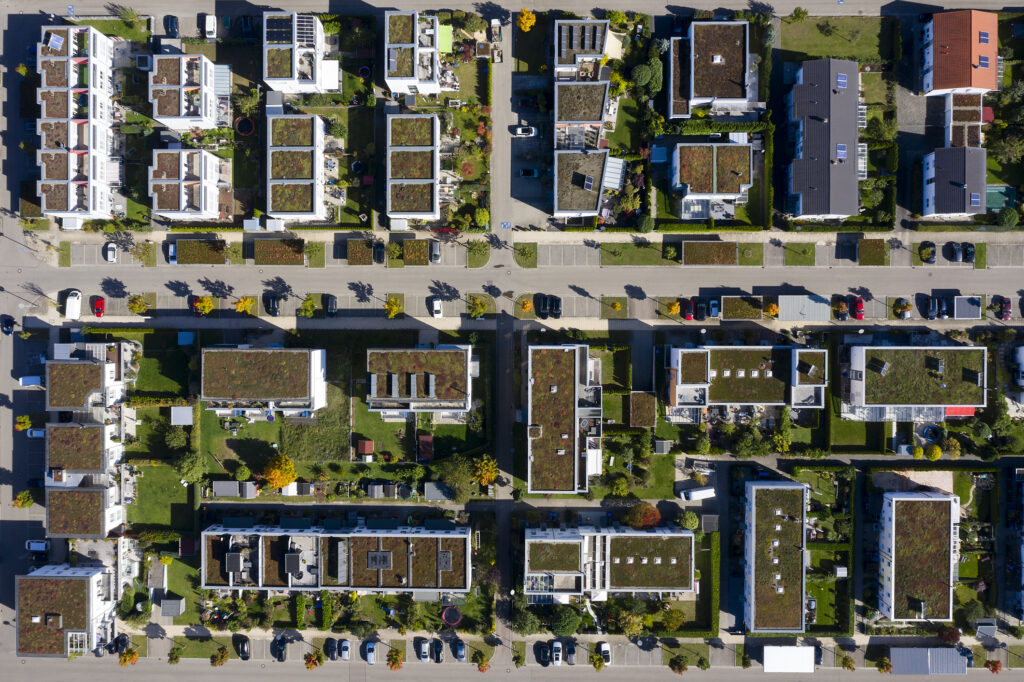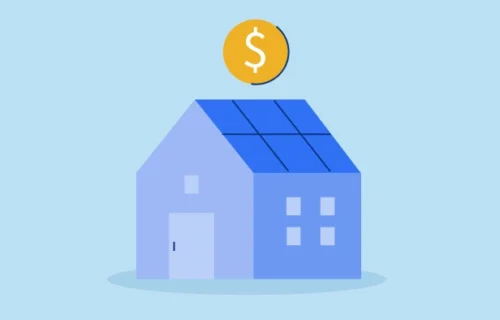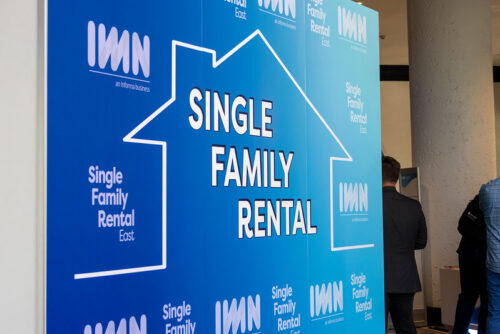
Connect with a Lima One expert today!
If you’d like to know more about this topic or see how it applies to your project, let’s talk.
How to Find the Best Markets for Rental Property Cash Flow

Where can investors find the best cash flow? It’s a popular question for out-of-state real estate investors who are looking to acquire rental properties.
However, the question of where these markets are isn’t where the best investors start. Instead, they focus on the process—how to find the best cash flowing properties.
In this post, we’ll focus on the right process to finding markets that are more likely to have cash-flowing properties—and then point you in the right direction to start your search.
What Is Rental Property Cash Flow?
Before you look for markets, it’s important to know how to calculate cash flow. It’s not just about your rental income minus your rental property mortgage payment. You need to include ancillary costs of owning a property in the cash flow equation.
What are these costs? The standard ones fall under the acronym PITIA, which stands for:
- Principal (your mortgage payment)
- Interest (included in your mortgage payment)
- Taxes (make sure you include property taxes as well as federal and state income taxes and capital gains taxes)
- Insurance (like homeowners insurance, but specifically written for landlords instead of residents)
- Association fees (for a homeowners association)
All of these costs are important, but you can’t stop there when calculating cash flow. You also need to include:
- Property management fees (especially important if you are investing out of state)
- Maintenance costs (for ongoing issues)
- CapEx costs (reserves for bigger projects like roof and HVAC replacement that must happen occasionally)
- Vacancy allowance (in case your property goes unrented between tenants)
Note that cash flow calculation goes beyond the Debt Service Calculation Ratio (DSCR) that many investors are familiar with. This is because your cash flow numbers should include budget for things like vacancy and capital upgrades that aren’t recurring but that are part of the costs of owning a property This article from Roofstock provides further details on calculating costs and cash flow.
Once you have a budget for all costs, you can start to look for properties that will support these costs while still generating extra cash on a monthly basis.
Trends to Watch in Cash-Flowing Markets
Now that you have budgeted all of the costs of owning a rental property, it’s time to search for properties that will allow you to charge rents that will support those costs. The key stat to watch here is rent to price ratio.
Rent to price ratio balances the average rents in a market with the home price. A general rule of thumb is that if the monthly rent you can charge is 1% of the total mortgage, the property should generate cash flow. So if you want to buy a $200,000 property, you need to charge $2,000/month in rent to have a 1% rent to price ratio.
Many investors use rent to price ratio to analyze markets on the whole. You can see studies here from BiggerPockets and Rental Income Advisors based on rent vs. price calculations. Roofstock links to additional lists from Realtor.com, Fortune Magazine, the Urban Land Institute, the National Assocation of Realtors®, and more.
These lists are a little different based on additional criteria, but the overall approach is the same—and one that any investors can follow.
Areas With the Most Cash-Flowing Rental Markets
Now that we’ve covered the basics, let’s get specific about the markets where investors are more likely to find properties that will cash flow. No matter what list you look at, chances are you’re going to find most entries coming from two areas: the South and the Midwest/Rust Belt.
The reason for this is clear—properties are generally cheaper in these areas. That means that even modest rents will cover the costs listed above, and let landlords profit. Plus, in many areas of the south, population growth leads to an increasing pool of renters, giving investors confidence that vacancy rates will remain low.
We surveyed the lists linked above to identify markets that show up repeatedly. They include:
Many more cities in the areas above are sprinkled across these lists, including St. Louis, MO; Oklahoma City, OK; Pittsburgh, PA; Raleigh, NC; and more.
Conclusion: Finding the Right Property for Cash Flow
While using trends and research to identify markets to explore is great, remember that it’s vital for investors to run the numbers based on individual properties, not the markets as a whole. The markets you find on this list (or any list) include many neighborhoods or areas that are distinct, which means home prices and rent rates can vary significantly.
Out-of-state investors who are not familiar with the ins and outs of different neighborhoods need to be laser-focused on the details to make good investments. Having good relationship with local experts such as property managers or real estate agents can help investors avoid mistakes and find hidden opportunities.
When an investor finds the right property that will cash flow, Lima One is ready to help with rental property loans designed to help investors succeed. We offer a variety of loan structure options from 30-year fixed rate loans to ARMs to interest-only loans to allow investors to execute their preferred strategy for generating cash flow. Contact us today for more details or a quote on your next rental property purchase or refinance.
Subscribe for More Insights
Get the latest industry news & Lima One updates.









